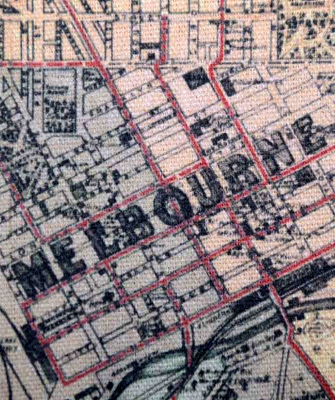Council cap heavily questioned
 Council rates in Victoria will be capped from mid-2016, in a move that will force councils to justify any increases above the rate of inflation.
Council rates in Victoria will be capped from mid-2016, in a move that will force councils to justify any increases above the rate of inflation.
Victoria’s new Minister for Local Government, Natalie Hutchins, has written to council leaders to tell them that the cap would be introduced before the start of the 2016-17 financial year.
In the letter, she warned that the move “should not be seen as an opportunity to raise rates above inflation prior to the implementation of the rates cap”.
“Unnecessary rate rises in 2015-16 may affect your eligibility for future rate cap exemptions.”
“However, the public's support for our election commitment is a clear message that they expect councils to provide [...] services while keeping rates at an affordable level.”
Under Labor's new policy, councils will have to forward their budgets to the Essential Services Commission to ask permission for raise rates above inflation.
Victorian Local Governance Association chief executive Andrew Hollows said the interference by the state on council issues raised questions about democratic independence.
“We are not saying there should not be some moderation on rates, that is fair enough. [But] don't just look at rates, look at the whole picture,” he said.
CPI-measured inflation has run at about 2.3 per cent, but Victorian council rates increased by an average of 4.23 per cent last financial year.
The Municipal Association of Victoria (MAV) says that this does not mean much, as the costs of running a household are irrelevant to council's costs.
MAV President Bill McArthur the federal government decision to cut funding to Victorian councils by $124 million over three years meant they had a shortfall to make up.
In fact, MAV has met with the new Victorian government to pressure it to commission a “top tier consultancy” to design a cost index to “reinforce that CPI has no bearing on the changes to councils' underlying costs”, Mr McArthur told News Corp reporters.
He said the ongoing rate cap in NSW and a previous cap in Victoria had “devastating long term consequences, including a reduction in capital spending on necessary maintenance and assets”.








 Print
Print